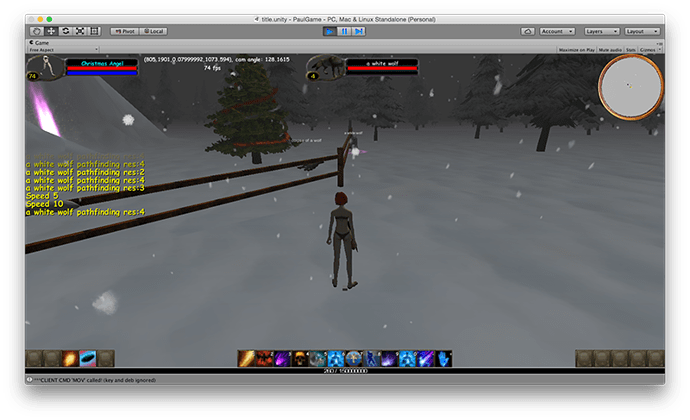Okay, I implemented IFunnelModifier and looked the code over and figured out I needed to instantiate FunnelModifier can call Apply() on it with my path. I passed Pathfinding.ModifierData.StrictVectorPath even though it looks like this argument is unused in the Apply() function.
This is what I got…much SHORTER list…but…
result path count: 14
node: (514.5, 2.6, 269.2)
node: (504.0, 2.6, 274.5)
node: (486.5, 2.6, 283.5)
node: (486.0, 3.2, 285.0)
node: (487.5, 8.7, 296.5)
node: (485.0, 7.5, 313.5)
node: (482.5, 3.6, 325.0)
node: (473.0, 3.6, 358.5)
node: (471.5, 4.0, 359.5)
node: (465.5, 6.3, 353.0)
node: (460.5, 8.1, 356.0)
node: (453.0, 9.9, 356.0)
node: (452.0, 10.5, 354.0)
node: (478.7, 23.8, 261.5)
It didn’t land on the destination. Neither did pathfinding without funneling. The end node that I passed in was:
pathFind(new Vector3(513,4,266),new Vector3(480,26,266));
So this is off by quite a bit. I know I could always make a b-line for the destination from the last node and it wouldn’t be obstructed but then my seeker could actually run right past his destination and come back a little bit.


 not sure if that would suit your game.
not sure if that would suit your game.
